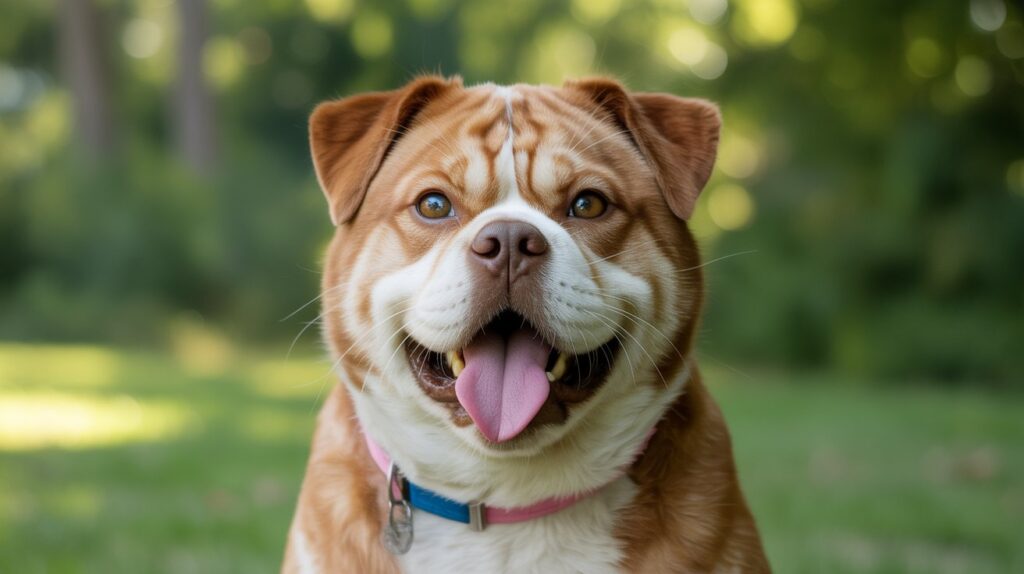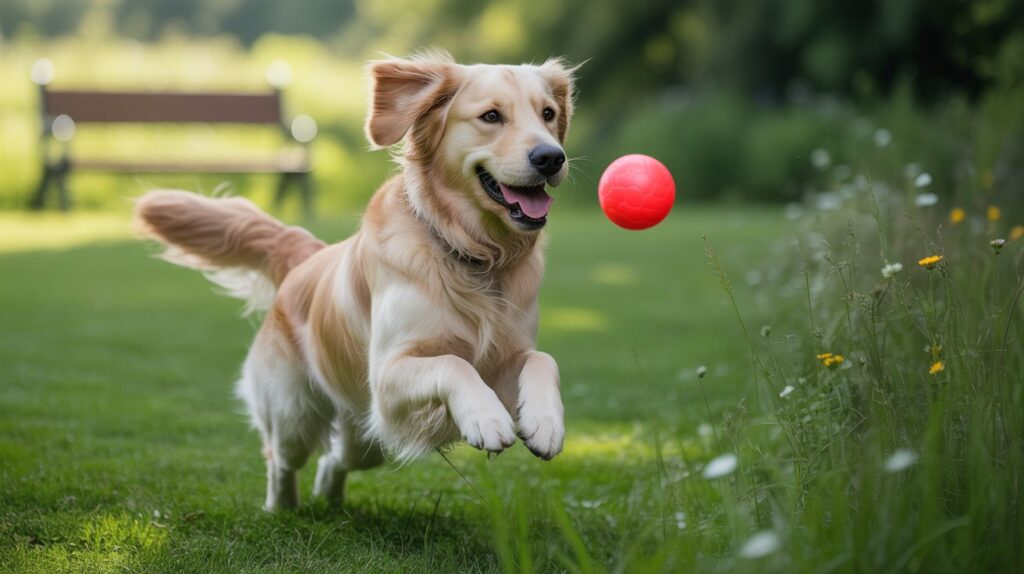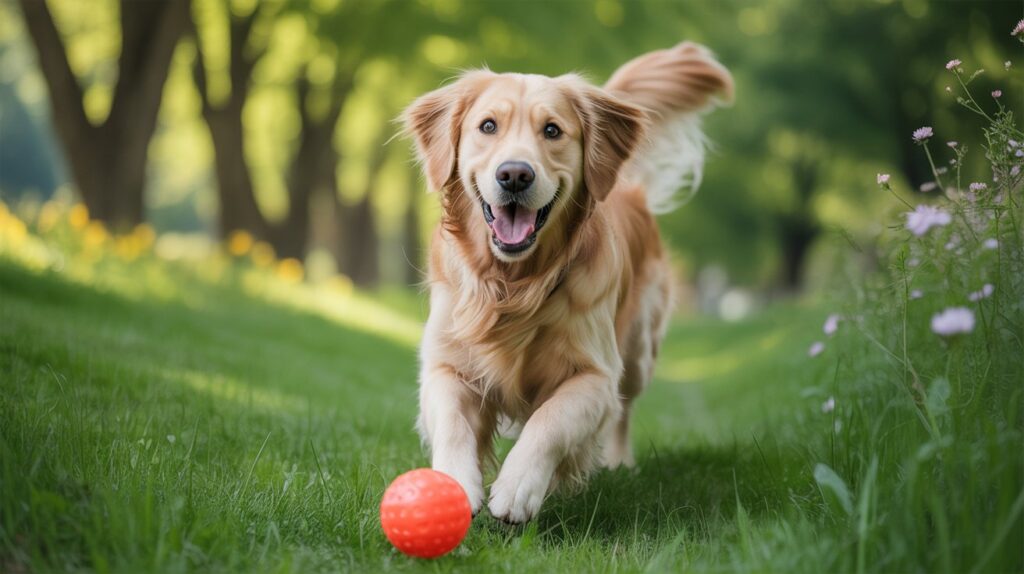Everything new and experienced pet parents need — signs, risks, how to calculate a target weight, meal & exercise plans, vet diagnostics, a sample weight-loss program, and a free printable Pet Weight Tracker.
Know About Pet Obesity and Prevention: Obesity in pets is one of the most preventable health problems vets see. Carrying extra pounds shortens lifespan, raises the risk of arthritis, diabetes, heart disease and surgical complications — but the good news is that with a clear plan, consistent tracking, and help from your vet, most pets can reach a healthier weight. This guide walks you through a step-by-step, country-aware plan (US & UK) so you can act now.
Quick takeaways (TL;DR)
- Pet obesity is common and dangerous — early action helps.
- Use body condition score (BCS) + weight to set realistic targets.
- Small, consistent changes to calories, treats, and exercise work best.
- Track weight weekly and use a printable Pet Weight Tracker — Download below.
- Always consult your vet before starting a weight-loss program; medical causes must be ruled out first.
Download the printable Pet Weight Tracker (PDF)
1) Signs your pet might be overweight (what to look for)
Pets don’t always look obviously pudgy. Watch for these signs:
- No visible waist when viewed from above.
- No abdominal tuck (side view shows a straight or rounded belly).
- Difficulty jumping up or reluctance to climb stairs.
- Tiring quickly on walks, heavier panting, or slower recovery after play.
- Reduced grooming in cats or fat pads around ribs and hips in dogs.
Use the BCS scale (1–9 scale is most common): a 4–5 is ideal for most dogs and cats; 6–9 indicates overweight/obese. If you’re unsure, your vet can assess BCS and current weight.
2) Why pet obesity matters (short- and long-term risks)
Extra body fat increases risk of:
- Osteoarthritis and joint pain — weight accelerates cartilage wear.
- Diabetes mellitus, especially in cats and some dog breeds.
- Heart and respiratory strain — longer recoveries and anesthesia risk.
- Reduced lifespan — multiple studies show obesity shortens life expectancy.
- Lower quality of life — reduced mobility, increased skin infections, decreased tolerance to heat.
Early prevention or early intervention improves outcomes and reduces long-term vet costs.

3) Causes & breed tendencies (who’s at risk)
Common causes:
- Free-feeding or too many treats.
- High-calorie diets (commercial “people food” or fatty treats).
- Low activity (sedentary indoor pets, elderly pets).
- Neutering — appetite can increase post-surgery; calorie needs often fall.
- Medical issues (hypothyroidism in dogs, certain medications, Cushing’s disease). Always rule out medical causes.
Breed tendencies: Labradors, Beagles, Cocker Spaniels, and some short-face breeds are notorious for weight gain. Certain cat breeds (e.g., British Shorthair) can be prone to weight gain. Breed isn’t destiny — lifestyle is.
4) How to calculate ideal weight & set realistic goals
- Get a vet baseline. Have your vet weigh your pet and record the BCS. They’ll help set a safe target weight.
- Use BCS + formulas. For many pets, target weight is the current weight × (1 − %excess). Example: a dog at 30 kg with a target BCS suggests a 20% reduction → target ≈ 24 kg. Your vet will give a precise plan.
- Realistic timeline: Aim for 0.5–2% bodyweight loss per week depending on species, age, and health. Cats usually lose more slowly to avoid hepatic lipidosis — vets typically target up to 0.5–1% per week for cats.
- Set milestones, not perfection. Break the goal into 4–8 week milestones and reassess.
5) Diet plan basics — calories, portion control, and food choices
A weight-loss diet reduces daily caloric intake safely while keeping your pet nourished.
Step A — Calculate current calorie intake
- Read your pet food label for kcal per cup or per can. Multiply by daily feeding amounts and include treats.
- Example: Food = 350 kcal/cup; pet eats 2 cups = 700 kcal/day. Add treats (100–200 kcal) = total 800–900 kcal.
Step B — Estimate target calories for weight loss
- General starting point (dogs): Resting Energy Requirement (RER) × activity factor. For weight loss, vets often aim for RER × 1.0 – 1.2, or about 70–80% of maintenance calories. This is highly individual—get vet guidance.
- Cats: calorie targets must be conservative; severe calorie restriction causes hepatic lipidosis. Work closely with your vet.
Step C — Choose the right food
- Prescription weight-loss diets (veterinary therapeutic diets) are formulated for calorie control, increased satiety (fiber, protein), and balanced nutrition. In both US & UK these are widely recommended for obese pets.
- If not using prescription diets, choose high-protein, moderate-fiber diets with clearly listed kcal and controlled portion sizes. For cats, preserve lean muscle with adequate protein.
- Avoid “light” marketing claims without checking actual kcal per serving.
Step D — Control treats
- Replace calorie-dense treats with low-calorie options (carrot sticks for dogs, small canned fish flakes for cats—confirm vet OK). Use kibble from the daily ration as training treats. Keep treats <10% of daily calories.

6) Sample meal plans & swapping ideas
Always confirm with your vet before switching diets or starting a new program.
Sample dog plan (medium 15–25 kg, starting target ~ -10% weight)
- Morning: ¾ cup measured weight-loss kibble (per label kcal).
- Evening: ¾ cup measured kibble + ½ cup steamed green beans (to add volume, low calories).
- Training treats: 10 pieces of kibble from daily ration.
- Exercise: 30–40 minutes split walk + play.
Sample cat plan (indoor neutered adult, conservative loss goal)
- Breakfast: 25 g measured wet food (weight-loss formula)
- Evening: 25 g measured wet food
- Snacks: 4–8 g dry kibble if needed; otherwise interactive play.
- Exercise: 10 minutes interactive play 2–3× daily (feather or laser toy).
DIY tip: Use a digital kitchen scale. Measuring cups vary; grams are far more accurate.
7) Exercise & enrichment — more than a walk
- Dogs: Aim for daily walks and active play. Start slowly and increase duration gradually (10% weekly increase rule). Add intermittent sprints or hill walks for higher energy burn (if joints allow).
- Cats: Use short, frequent play sessions (5–10 minutes) with wand toys; hide small kibble pieces in puzzle feeders to encourage stalking and movement.
- Mental enrichment matters: Puzzle feeders reduce boredom-eating and extend feeding time, lowering calorie intake per minute of attention.
8) Vet diagnostics & medical causes to rule out
Before or during a weight-loss program, your vet should check:
- Thyroid function (hypothyroidism in dogs).
- Cushing’s disease if other signs present.
- Diabetes screening if polyuria/polydipsia present.
- Medications that may increase appetite (steroids, some anticonvulsants).
- Dental pain causing reduced activity or irregular feeding.
- For older pets: bloodwork and urinalysis to check kidney and liver function.
If medical causes are found, treat them first or in parallel with a modified weight plan.
9) Monitoring progress — how to track & when to adjust
- Weigh weekly (same scale, same time of day — ideally after bathroom before meals). Record in the Pet Weight Tracker.
- Record BCS monthly and take photos from above and side for visual comparison.
- If weight loss stalls for 2–4 weeks, recheck food amounts, re-calc calories, confirm treat calories, and consult your vet. A small drop in calories or increase in exercise may be needed — but do not drop calories abruptly.
When to see the vet immediately: If your pet suddenly loses appetite, vomiting, lethargy, or loses weight too rapidly — see your vet. Slow, steady loss is the goal.
10) A real-life success story
Buddy, a 9-year-old Labrador in the US, weighed 38 kg and had BCS 8/9. Vet set a target of 30 kg (goal −21%). Buddy switched to a vet-prescribed weight diet, had daily 30-minute walks plus 10 minutes of play, and had treats replaced by kibble from his ration. At 6 months Buddy hit 31.5 kg, was more mobile, and bloodwork showed improved insulin sensitivity. The key was consistent measuring, logging, and small, sustainable changes.

11) Country-specific resources (official & trustworthy)
- AVMA — Pet Nutrition and Pet Obesity (USA): https://www.avma.org/resources-tools/pet-owners/petcare/nutrition
- PDSA — Pet Obesity & Healthy Weight Advice (UK): https://www.pdsa.org.uk/ (search “obesity in pets” for guides)
- Centers for Disease Control — Healthy Pets, Healthy People: https://www.cdc.gov/healthy-pets/
- For weight-loss diets or prescription options, ask your veterinary clinic for choices available regionally (US: Hill’s, Royal Canin, Purina Pro Plan Veterinary Diets; UK: similar veterinary diets through practices).
Links above are official, kept up to date, and provide region-specific guidance.
12) DIY checklist & daily routine (quick)
- Measure food precisely with a scale.
- Replace treats with kibble from daily ration.
- Track weight weekly in the Pet Weight Tracker (download PDF above).
- Daily active time: dogs 30–60 min; cats 10–20 min play sessions 2–3× day.
- Re-check with vet every 6–8 weeks for progress and medical monitoring.
13) Common questions (FAQs)
Q: How fast should my pet lose weight?
A: Safe weight loss is slow — typically 0.5–2% body weight per week for dogs. Cats need a more conservative pace to avoid liver disease.
Q: Can I exercise my obese dog immediately?
A: Start gently. Consult your vet if your pet has joint pain. Short, frequent walks are better than long ones initially.
Q: Are “weight loss” dog foods necessary?
A: They’re helpful because they’re formulated for satiety and lower kcal, but portion control & exercise are equally important.
Final thoughts — small changes, big returns
Successful weight loss is rarely dramatic overnight. It’s the steady, measurable changes — measured meals, fewer calorie-dense treats, daily activity, and consistent tracking — that add up to months of improved mobility and longer, higher-quality life for your pet.
Download the free Pet Weight Tracker PDF here: Download the Pet Weight Tracker (PDF) — print it, stick it on your fridge, and use it every week.
Disclaimer
This article is educational and does not replace professional veterinary advice. Before starting any weight-loss program, consult your veterinarian to rule out medical problems and create a safe, individualized plan for your pet. All images used in this article are royalty‑free or licensed for commercial use and are provided here for illustrative purposes.
